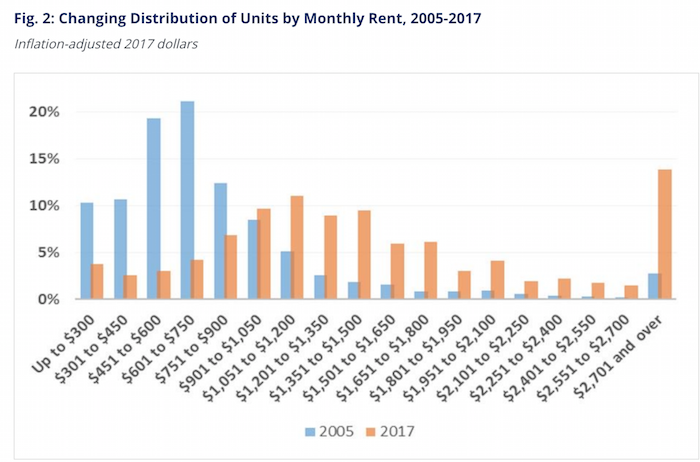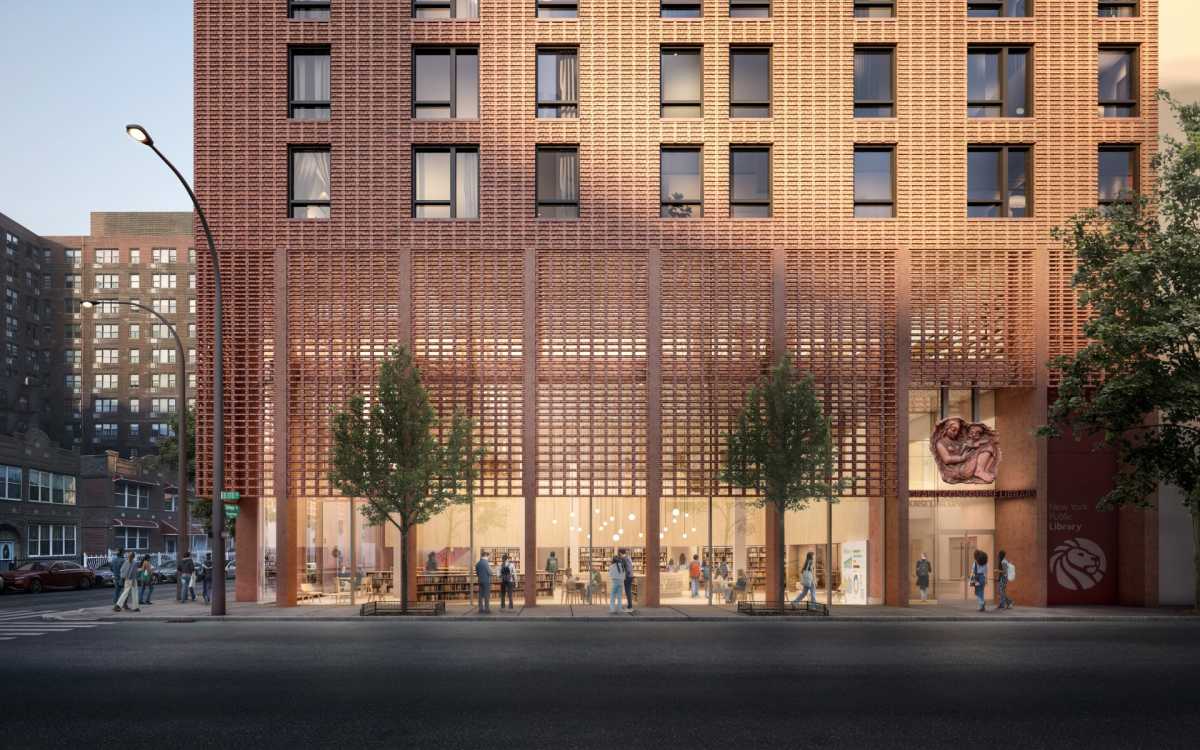New York City Comptroller Scott Stringer earlier today released an updated analysis on housing across the city that reveals an alarming decline of affordable apartments for New Yorkers since 2005.
The report titled, “The Gap is Still Growing: New York City’s Continuing Housing Affordability Challenge” builds off of a 2014 analysis that shows the negative impact between an increase in new residents moving to the City, to the lack of total number of housing units available.

“Our city is losing low-rent apartments every day, and it’s putting whole communities at risk. We have an affordable housing shortage – and this report shows how quickly the loss of affordable housing has accelerated in the last decade,” said Stringer.
The analysis shows that the total number of units failed to keep up with the growing population of residents across the five boroughs including showing an alarming drop in affordable and rent-regulated units, with an estimated 425,492 affordable apartments leaving the market since 2005.
In Brooklyn, the number of apartments renting for $900 or less dropped from 513,077 to 145,701 in 2017, an almost 30 percent difference in the last decade. Brooklyn, one of the city’s fastest growing boroughs, also saw the biggest difference compared to Manhattan, Queens, Staten Island and the Bronx.
“Behind these one million lost units, are countless New Yorkers – families, seniors, students and immigrants – who are working harder than ever to put a roof over their heads. We can’t let the entrance fee to the city become a luxury condo, or we will stop being the city we know and love. As our City’s economy and population continues to expand, we need to use all the tools we can to protect our communities,” added Stringer.
The dynamic is leaving working New Yorkers with fewer affordable rental units and is fueling a growing affordable housing crisis.
A large portion of the decline in affordable housing comes from the erosion of rent-stabilized units, of which the city has lost 88,518 units since 2005 – more than the entire addition of new rental housing over the same period.
As a result, Stringer is calling on Albany lawmakers to act swiftly on a package of rent-reform measures including eliminating vacancy decontrol, reforming major capital improvements, reforming individual apartment increases, reforming preferential rents, and ending the 20% vacancy bonus on rent stabilized apartments.
Since 2005, the rental market landscape has shifted from one predominantly consisting of lower-cost units to a market dominated by middle, and, even more so, by high-rent apartments.
New Yorkers are already one of the highest paying tenants in the country, with about ⅓ of a person’s salary going to housing.
“Lawmakers in Albany must act swiftly to eliminate vacancy decontrol and pass other common-sense rent regulation reform that will preserve our affordable housing stock and keep New York accessible for working families,” concluded Stringer.










